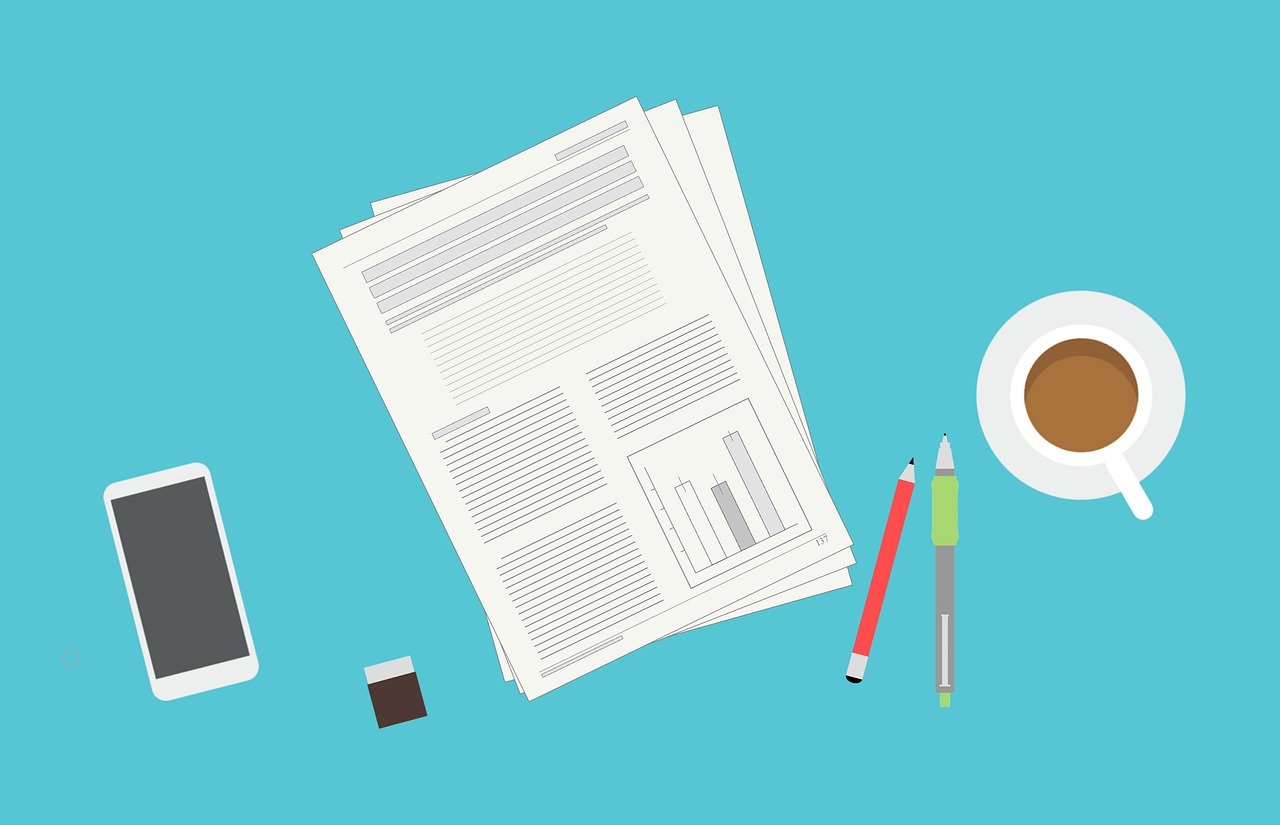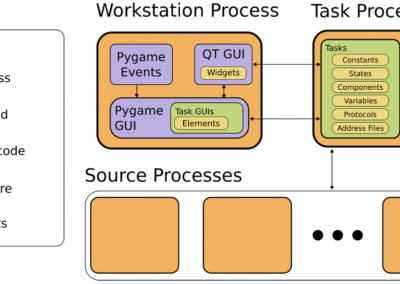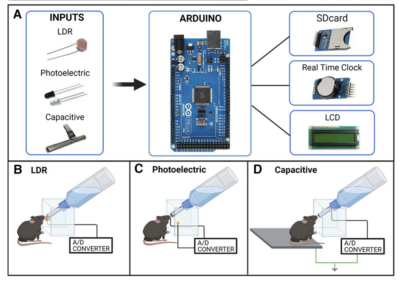FASTMAP
Dylan Terstege, Daniela O. Oboh, and Jonathan R. Epp, a team of researchers in the Epp Lab at the Hotchkiss Brain Institute in the University of Calgary’s Cumming School of Medicine, have created the open source software FASTMAP (Flexible Atlas Segmentation Tool for Multi Area Processing of Biological Images). The tool allows researchers to register brain atlases like the Allen Atlas, as well as custom atlas plates, to a wide array of tissue preparations and tissue types. Terstege’s team created this software to provide a quick and accessible solution for researchers examining the relationships of multiple “regions of interest”, who traditionally rely on manual plotting, tools with limited atlas and microscopy support, or extensive computational knowledge.
FASTMAP is a plugin for NIH’s image processing program ImageJ. As shown in the above images, it features a GUI which allows users to input atlases of their choice, as well as the images they want to analyze. The software automatically registers the atlas to the data, and allows the user to manually make modifications as necessary. Researchers are then able to conduct densitometry analyses, examine structural differences across various regions of interest, or simply visualize stained tissue.
The research team tested FASTMAP by preparing a wide array of mouse brain tissue using a variety of staining and labeling techniques. Sagittal, coronal, and horizontal slices of the labeled tissue were then subject to microscopy. Custom atlas plates for the tissue were generated using the Allen Mouse Brain atlas as a reference. The software’s ability to register the atlases to the tissue samples were assessed by four independent raters.
This research tool was created by your colleagues. Please acknowledge the Principal Investigator, cite the article in which the tool was described, and include an RRID in the Materials and Methods of your future publications. RRID: SCR_008346
Special thanks to Jonathan Barley, a neuroscience undergraduate at American University, for providing this project summary.

Access the code from GitHub!
Check out the repository on GitHub.
Read more about it!
Check out projects similar to this!






